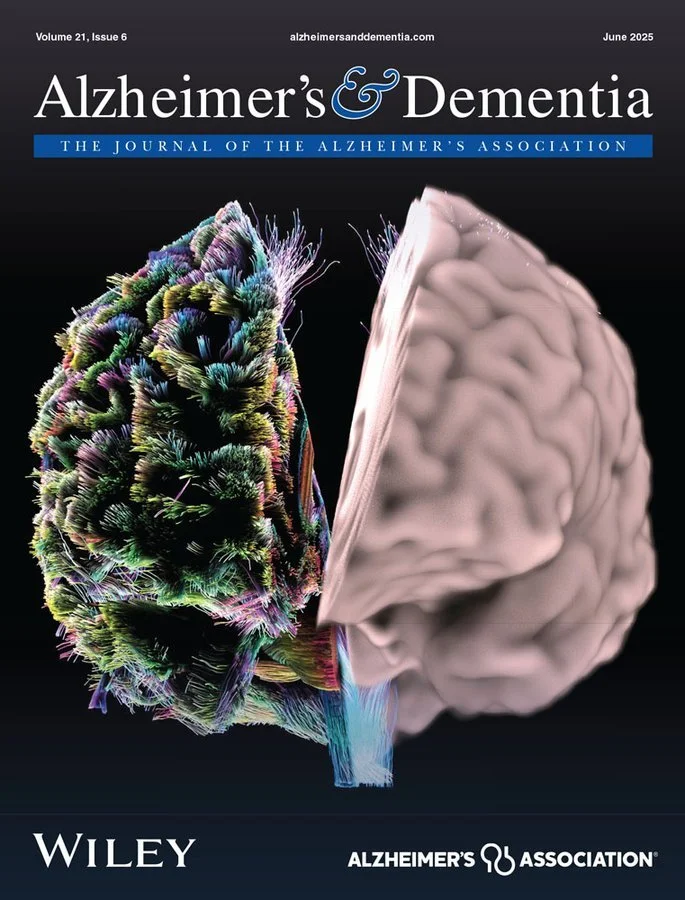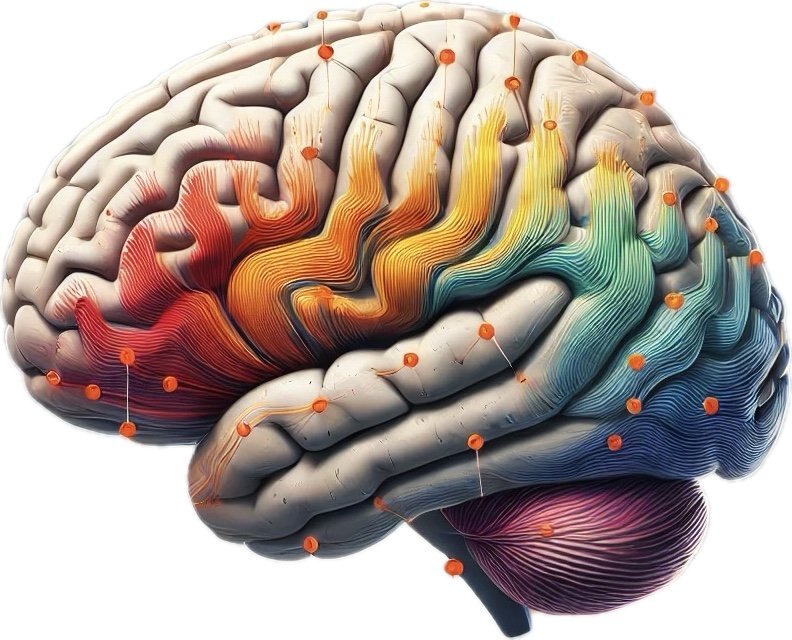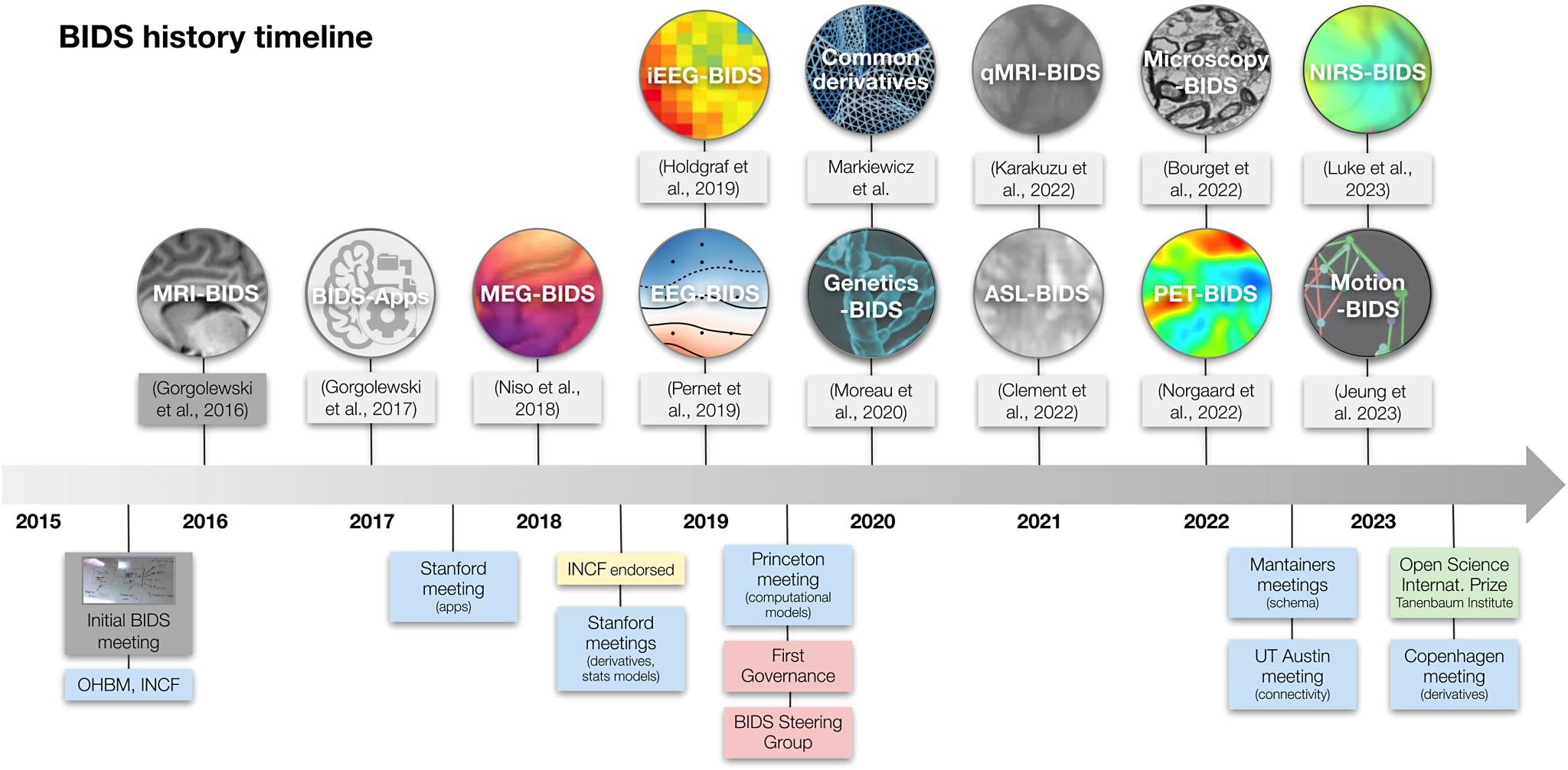

Brain Electrophysiological Markers in Alzheimer’s Disease: Current Insights and Future Directions
New review paper just out ! Lovely to reconnect with Sheraz Khan (Mass General Hospital, Pfizer) around what we think is a timely review of the state of knowledge about brain electrophysiological markers of early/late Alzheimer’s disease pathophysiology, and what's left to discover.

The Genetic Roots of Our Neurophysiological Individuality
In our new Science Advances study, we uncover how genetics shape the fast, spontaneous electrical activity of the human brain. Using data from twins, we show that neurophysiological traits, such as those related to attention, planning, and emotion, are partially heritable and aligned with adult gene expression patterns.

How the Brain Foresees Unpleasant Events
We publish in PAIN a new study that shows how the brain anticipates and learns from unpleasant events: a temporo-frontal brain network tracks expected pain and signals after outcomes. Those prediction-error signals then engage the prefrontal and anterior cingulate cortices to adjust choices and avoid harm. We hope this work informs approaches to chronic pain and anxiety, where brain predictive mechanisms often go awry.

How Tiny Eye Movements Reveal the Fragility of Visual Perception
Our latest study, led by grad student Max Levinson and published in the Journal of Vision, explores why our conscious perception often does not match the physical world accessible to our senses. Using high-resolution eye-tracking, we found that microsaccades—tiny involuntary eye movements—reset visual illusions and restore physical perception.

A Landmark Collaboration to Probe the Foundations of Consciousness.
The first major study from the Cogitate Consortium is out today in Nature. Our lab collaborated on this unprecedented international effort to put leading theories of consciousness to the test—using a fully preregistered, adversarial collaboration approach across multiple brain imaging modalities.
The results challenge long-held assumptions and mark a new chapter for rigorous, open, and collaborative neuroscience.

How Electrophysiology Informs Deep Brain Stimulation
We publish in npj Parkinson’s Disease a collaborative #openaccess review on how electrophysiological brain recording and imaging at multiple scales, from cells to large-scale brain networks, contribute to defining neurostimulation targets.

How Auditory-Motor Networks Synchronize Sound and Movement
Our first published collaboration of 2025, led by Oscar Bedford in the Zatorre lab, demonstrates that human auditory-motor networks exhibit stronger default coupling than visuomotor networks, with a notable right-hemisphere predominance. Building on prior findings, including those from our lab, the study confirms that motor cortex exerts a top-down influence on auditory regions, particularly in the beta frequency band. These findings highlight intrinsic brain network mechanisms enabling low-latency auditory-motor integration, a key process for the synchronized coordination of sounds and movements.

Early brain activity changes in healthy adults, linked to Alzheimer’s proteins, predict cognitive decline.
In our new Nature Neuroscience study, we have discovered that early changes in brain activity respectively related to amyloid-beta and tau buildup can predict cognitive decline years before symptoms appear, offering hope for early detection of Alzheimer’s. The study also highlights the potential of short MEG scans to identify those at risk long before memory loss sets in.

The Neurochemical Landscape of Alzheimer’s Disease.
Our latest study investigates how changes in brain activity align with the distribution of neurotransmitters in Alzheimer’s disease. Published in open access by Alzheimer’s & Dementia, our research found that these changes are closely linked to areas rich in cholinergic receptors, which are also where amyloid-β plaques tend to accumulate. This alignment is connected to the severity of Alzheimer’s cognitive symptoms, offering new insights into potential diagnostic markers and therapeutic targets.

The brain-fingerprint of Parkinson’s disease.
Our lab publishes in the journal eBiomedicine, which is part of The Lancet group, a new study that reveals distinct patterns of brain activity that differentiate individuals with Parkinson’s disease.

Brain Imaging Data Structure (BIDS): a retrospective.
We are both happy and proud to have played a little part (MEG-BIDS) in this collective effort to promote collaboration and structured data sharing in neuroimaging research. New retrospective paper just published by MIT Press' Imaging Neuroscience.

Brain Changes in Parkinson's Disease: from Chemistry to Anatomy.
We publish in Annals of Neurology a new study that advances the fundamental understanding of Parkinson's disease beyond its motor symptoms. Our findings underscore the importance of considering the neurochemical organization of the cortex in the disease and its implications for treatment and management. As we continue to explore these complex relationships, we move closer to more targeted and effective therapies for PD patients.

Hard to focus!
We publish in Cerebral Cortex a new study in collaboration with Jérôme Sackur at Ecole Normale Supérieure (Paris) that explored how different types of attention interact in the brain.
We recorded brainwaves with EEG to study how involuntary attention (like a sudden sound grabbing your attention) can interrupt voluntary attention (like focusing on a task). Our findings shed light on the complex ways our brain juggles different attention processes, offering new insights into how our mind manages focus and distractions.

Brain and pain: a two-way street.
We publish in the journal PAIN reports a new study that advances the understanding of the complex and multifaceted brain signals that convey the perception of pain.

The Dual Nature of Brain Changes in Parkinson’s Disease.
When slow is not necessarily a low. We show in a new study just published in Progress in Neurobiology how a slowing of brain activity may be protective of brain functions in the natural history of Parkinson’s Disease.

Speech impairments in Parkinson’s disease: the brain perspective.
Our new study published today in open access by npj Parkinson’s Disease clarifies the neurophysiological manifestations of speech impairments in Parkinson’s disease using advanced functional brain imaging.

Two eyes, one vision, except when not.
We took part in another fruitful collaborative study led by vision neuroscience specialist Prof Janine Mendola, which was just published in the European Journal of Neuroscience in open access.

Spinal cord stimulation against chronic pain: why conflicting outcomes?
In a new study published today in the journal Neuromodulation, we report the brain responses to spinal cord stimulation, a treatment for individuals afflicted by severe chronic pain. We found that these brain responses are remarkably variable across patients, which may account for the fact that the benefits of spinal cord stimulation on chronic pain vary greatly between individuals.

The neurochemistry of the structural and functional organization of the human brain.
In another winning collaboration with Prof Bratislav Misic, we show how markers of brain activity and structure relate to the topography of neurotransmitter systems across the cortex. This new study is published by Nature Neuroscience.

New collaborative study clarifies the origins of epileptic seizures.
Our new collaborative study, published in Epileptic Disorders clarifies how seizures propagate across the brain in certain types of general epilepsy.